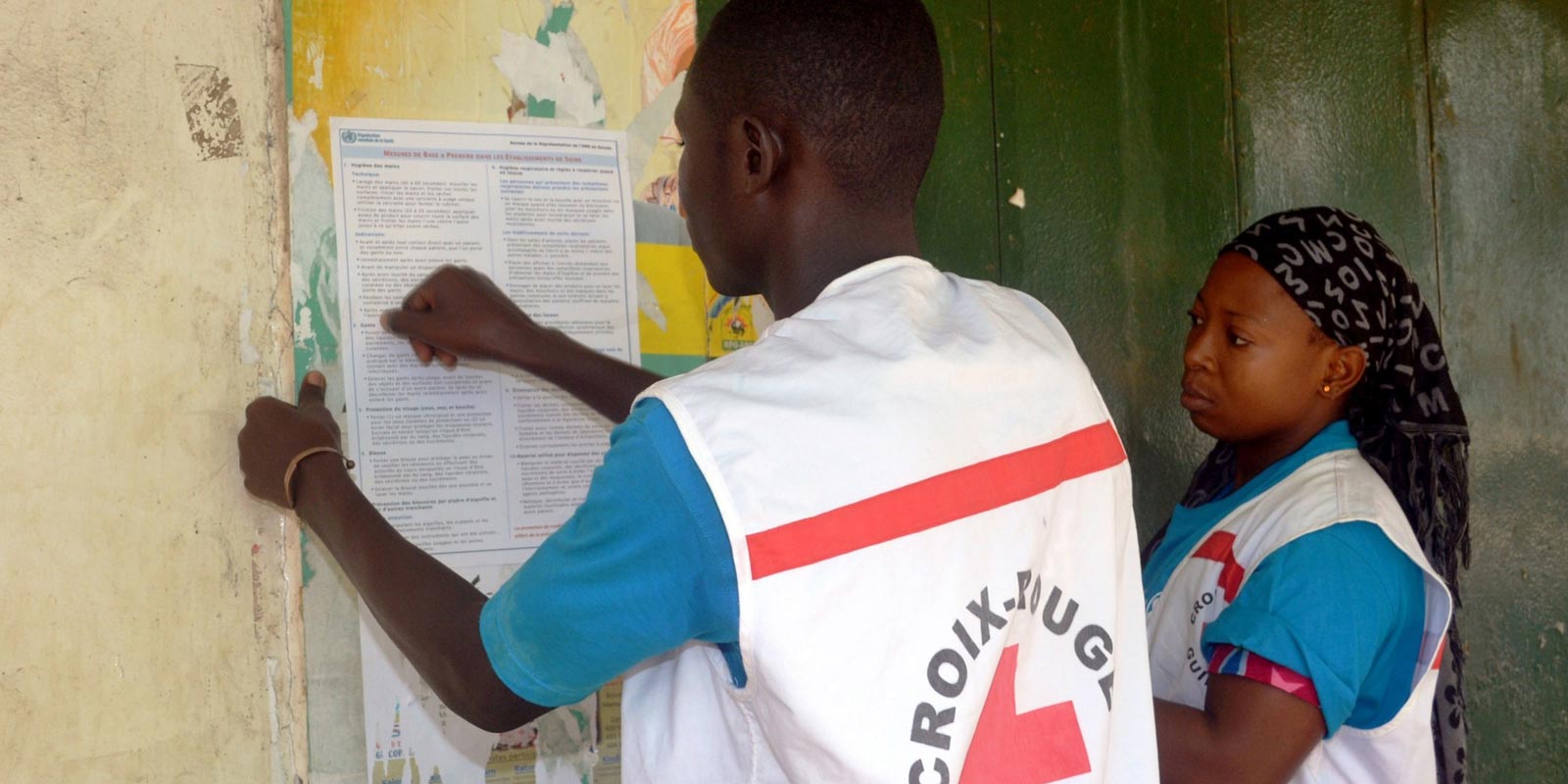Fears over the spread of the Ebola Virus Disease (EVD) are on the rise as new estimates by the World Health Organisation (WHO) and the United States health agency are warning that the number of Ebola cases could rise up to 1.4 million people in Sierria Leone and Liberia by mid-January 2015, unless efforts to curb the outbreak improved significantly.
In the analysis released on Tuesday, September 24, 2014 WHO that there are indications the virus could spread for years to come if better control measures are not put in place.
This calculations, WHO said are based on reported cases only.
The UN health agency said the true death toll for Liberia, the outbreak’s hardest-hit nation might never be known since many bodies of Ebola victims in a crowded slum in the capital city, Monrovia, were simply thrown into nearby rivers.
Since the first cases were reported six months ago, the tally of cases in West Africa has reached an estimated 5,800 illnesses and over 2,800 deaths, but the WHO warned that tallies of recorded cases and deaths were likely to be gross underestimates of the toll that the killer virus was wreaking.
The US Centre for Disease Control and Prevention, however, released its own predictions on Tuesday for the epidemic’s toll, based partly on the assumption that Ebola cases are being under-reported.
The report says there could be up to 21,000 reported and unreported cases in Liberia and Sierra Leone alone by the end of this month and that cases could balloon to as many as 1.4 million by mid-January.
Experts have however cautioned that those predictions don’t take into account response efforts.
The CDC’s numbers seem “somewhat pessimistic” and do not account for infection control efforts already underway, said Dr. Richard Wenzel, a Virginia Commonwealth University scientist, who formerly led the International Society for Infectious Diseases.
In recent weeks, health officials worldwide have stepped up efforts to provide aid, but the virus is still spreading. There are no enough hospital beds, health workers or even soap and water in the hardest-hit Guinea, Sierra Leone and Liberia.
Last week, the US announced it would build more than a dozen medical centres in Liberia and send 3,000 troops to help.
Britain and France have also pledged to build treatment centres in Sierra Leone and Guinea and the World Bank and UNICEF have sent more than $1m worth of supplies to the region.
“We’re beginning to see some signs in the response that gives us hope this increase in cases won’t happen,” said Christopher Dye, WHO’s director of strategy and co-author of the study published by the New England Journal of Medicine, who acknowledged that the predictions come with a lot of uncertainties.
“This is a bit like weather forecasting. We can do it a few days in advance, but looking a few weeks or months ahead is very difficult,” he stated.
WHO also calculated the death rate to be about 70 percent among hospitalised patients but noted that many Ebola cases were only identified after they died. Dye said there was no proof Ebola was more infectious or deadly than in previous outbreaks.
Other experts questioned WHO’s projections and said Ebola’s spread would ultimately be slowed not only by containment measures but by changes in people’s behaviour.
“It’s a big assumption that nothing will change in the current outbreak response,” said Dr. Armand Sprecher, an infectious diseases specialist at Doctors Without Borders.
“Ebola outbreaks usually end when people stop touching the sick. The outbreak is not going to end tomorrow but there are things we can do to reduce the case count,” he said.







